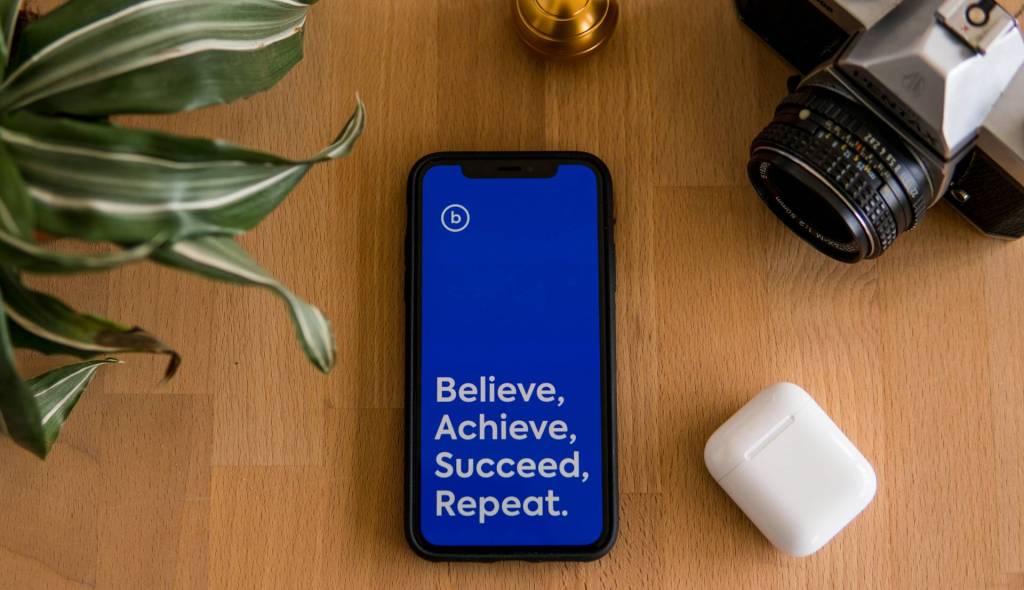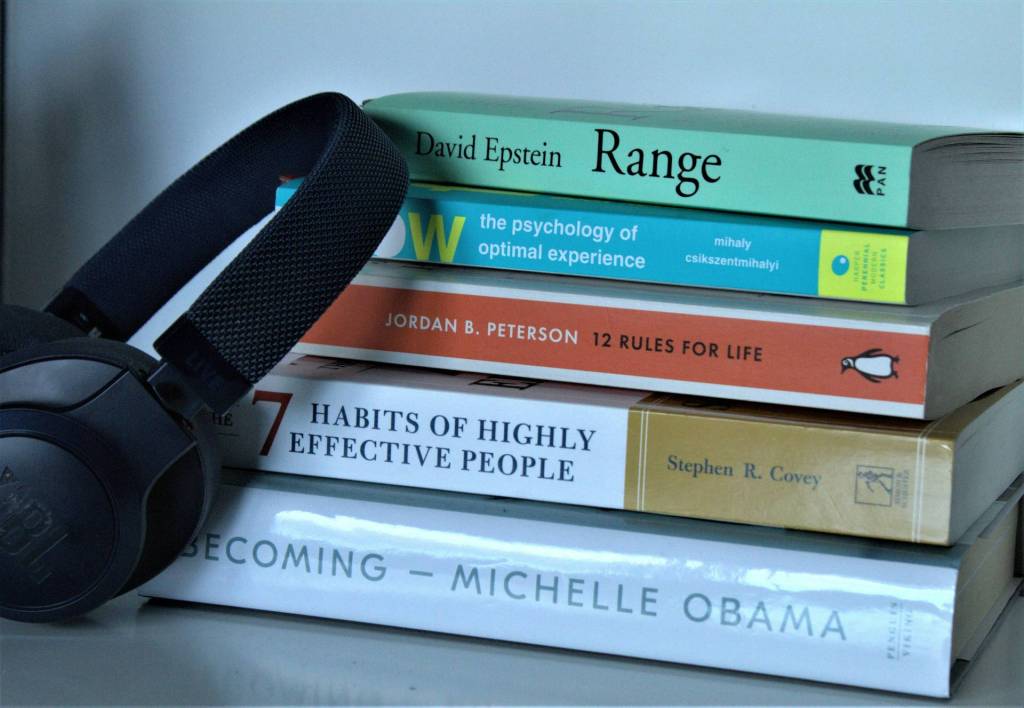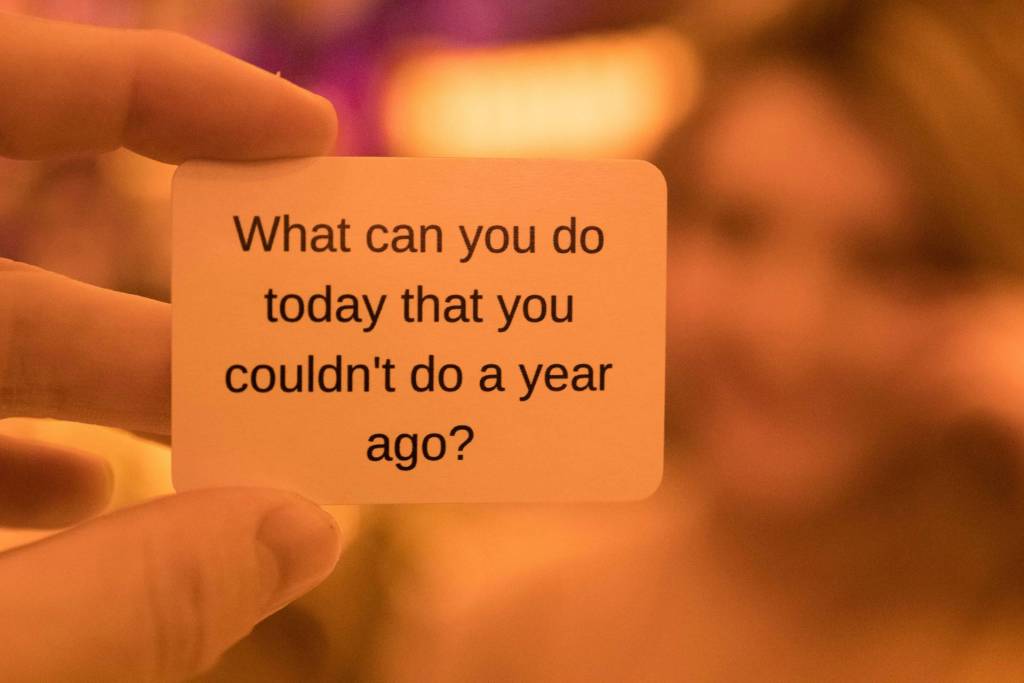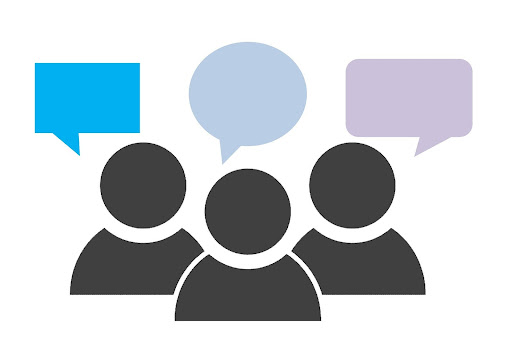Apparently Millennials are working in three types of offices now. None of them serves the career goals of Millennials, or those who sit among them. One type of office is a giant open bin where everyone up to and including the CEO sits around tables, with ear buds inserted to drown out the noise from the crowd.
The second type of office is filled with cubicles where most everyone, except a few senior managers, share semi-walled spaces and still need ear buds inserted to drown out the noise from the crowd around them.
Finally, the third type of office is so quiet, people wear ear buds and try to drown out their loneliness with a playlist. It’s quiet and lonely because these individuals are working from home in almost total isolation.
When did ear buds become the answer to all our problems? Right about when Millennials made their first plucky moves into the workplace. In a trip via the WABAC machine, I remember being in New York and walking to work, when ear buds made their debut, way before Millennials were at work. Ear buds slowly replaced those giant boom boxes that only the truly devoted (and generous) played music from their shoulders.
In the subway and on the street, they were meant to amuse, comfort and engage you away from the madding crowd. They were meant to separate you from strangers of all types, some plainly commuters, some a little sketchy and others clearly insane. Ear buds made sense on the way back and forth to work, and made jogging a little less hateful.
But when did ear buds become the sword and shield of the modern worker, including Millennials who don’t remember working without them? When did we all agree to sit together, but not really together? When did what we put in our heads to keep calm on airplanes and separate ourselves from strangers sitting too closely, become de rigor work attire?
Ear buds are the work version of pretending that an ugly bridesmaid dress is really something we would wear again. Or it’s not weird that our grandparents and parents have married and divorced so many times that the wedding announcement looks like a playbill. Or, pick anything where you expend a lot of effort to diffuse the unease of a bizarre, but common condition we all know just doesn’t seem right.
Why are we intent of using music to calm the unrest, ease the tension and otherwise distract people? After all, if working together so closely – or working alone so relentlessly – is a quality environment: would we all have little plugs of sound stuck in our heads?
It particularly baffles me because I can’t listen to music and get anything done, and that includes driving to anywhere I don’t go regularly.
I also wonder when companies will seek to control the sounds in your head. Apparently, right now we believe that you have the right to control the music being piped into your head. How long will it be before we leverage the neuroscience that converges aural conditions with productivity, decision-making and calming or creative emotional states?
Perhaps the time is right to consider what we’ve been doing wrong in our physical workspaces to necessitate drowning each other out. Perhaps it’s time to return to good etiquette and good neighbor behavior.
I wonder who is on the dream team that will help us recreate physical workspace so we don’t spend eight or more hours a day drowning out the sounds around us, or the sounds of silence.











